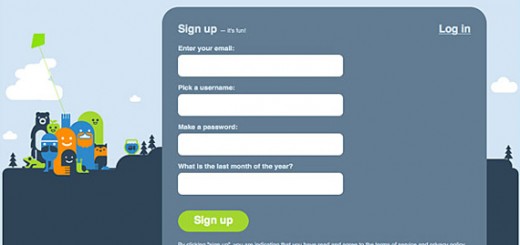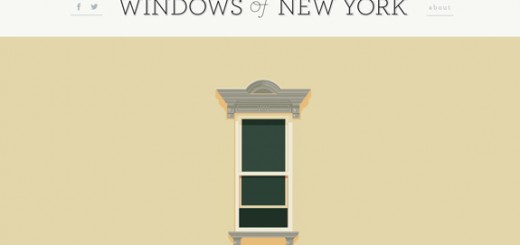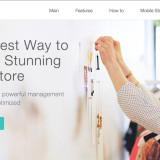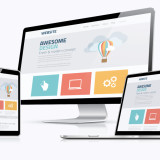What Will Happen If Usability And Aesthetics Co-Exist Harmoniously
A website is a visual expression of a web owners soul. The aspect of aesthetics are usually emphasized before creating a website. Let us think of an empty website as a plain white canvas. The artist, being the web designer, breathes life into it by filling it with his preferences and beliefs – thus, transforming it into a work of art. However, many web designers commit the sin of neglecting another important element that makes a web design great: usability.

Image Credits: Shutterstock
Usability for websites involves how the graphical user interface of your website will work for your visitors. Users should be able to intuitively relate the actions that they would want to perform on your website with ease and simplicity. The information that they need in order to browse through your site should be clear and concise. Ambiguity is most often seen in art, and although your web design is a form of it, choices and purpose should be given in an obvious manner.

Image Credits: Shutterstock
Now, Let us go back to Web Design. The purpose of it is to be able to catch the attention of users, and also give your website a sense of individuality; your site should be easily distinguishable from the rest of the sites that are online. A user’s tendency to come back to a site is more often than not dictated the same way as a person picking a piece of fruit from a pile. Clearly, the aesthetically pleasing one would be a logical choice, since the mere sight of it boasts freshness, and does look very inviting. Or you can look at it this way, you can have a car that is the of the latest model, but banged up a bit on the side, or you can have an old model, but the body and engine are still in pristine condition. Which one would be the likely choice?
Well, here is a question – why are we so easily influenced by aesthetics? It would seem that a products looks clearly influence our judgement. And like the examples that I have given before, it clearly shows that people don’t have the ability to distinguish the usable from the less usable object. People tend to use aesthetics as a yardstick for usefulness.
Which brings us back again to web usability. Let us take the example that we had before – cars. Let us say that you are in the market for a brand new car, and with that, you have decided to visit a nearby car showroom and check out what your choices are. Going into the showroom, you noticed a lot of beautiful and shiny cars, and have managed to pick out a favourite among the lot. Then you ask the sales person if you could test drive your choice, and sure enough, you drove it. Now, during your test drive, you noticed that the clutch and transmission is not that all responsive, and the steering seems a bit jerky, with loads of understeer when driving around corners. You also noticed that there really isn’t that much room in the car that would fit you, your wife, and your kids. So, with a disappointed look on your face, you head on over to the next one, and then the next, and then you finally decide on taking the much more plain-looking sedan, but fits your purpose and needs.
Whew! That was a long example. But what do we get from that. Clearly, aesthetics is really attention-grabbing, but when it usability is no where to be found, users are disappointed, and may go somewhere else.
Now, some may argue that there are times that you can’t have both. But frankly, you can. With the right mix of imagination and clearly understanding what would be the preferences of your target visitors, you can ascertain that their visit to your website will be a pleasant one, and will make them want to visit again.
Well then – that all sounds good. But how can get the right mix of aesthetics and usability into a website?

Image Credits: Shutterstock
First of all, you have to understand how your users would behave within your website, and then build your design around that. You have to know what your target users want, and what would be their learning curve level. This is important, as to this will dictate how far you can go with being imaginative in creating your design. If your users are mostly senior citizens, then chances are you would have to be much more simplistic with your design, and provide them great great accessibility, in terms of typography, fonts, and location of contents. If your users are of the much more internet savvy demographics, then you can get away with being a bit more imaginative, design-wise. Remember, design is not only limited to visuals – design is anything that is appealing to the senses.
So, in conclusion, the key elements of a great website is both design and usability. Careful understanding of both can lead to a work of art that makes users what to come back for more.








